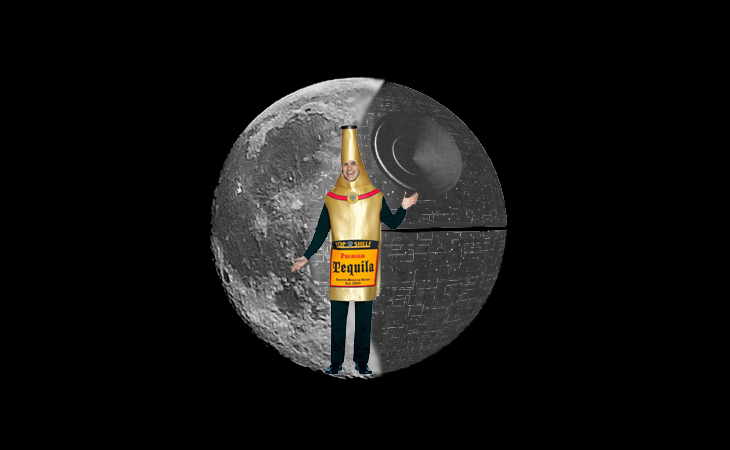Supermooning Cinco de Mayo

Chris J. Nicolini
There seems to be no shortage of available coverage about the upcoming "supermoon" event this Saturday, May 5, 2012. I've actually found it tough to avoid coverage about it, regardless of the medium.
In order to qualify as a true supermoon event, two elements must simultaneously occur. The lunar cycle needs to be at the transition point between waxing and waning gibbous (commonly referred to as a full moon) when the moon reaches perigee -- the point at which the moon's orbit is closest to Earth, in this case a distance just shy of 222,000 miles above our planet's surface.
Between brief TV segments, upward trending Google searches and Twitter mentions, and a plethora of online news content, one could be misinformed into believing that the moon's close fly-by could cause everything from upticks in cases of mental illness, an increase in crime and homicides, and even moon-triggered earthquakes causing massive tsunamis and catastrophic destruction.
Most, if not all, of these scenarios have little or no scientific evidence to back them up, so fret not on Saturday night. Actually, it's probably much more likely that any possible crime or homicide increases are the result of overindulging Cinco de Mayo revelers, not a bad moon attacking our home like an operational Death Star.
Or to put it another way, it's not a trap.
Here's an interesting video about the upcoming event:
